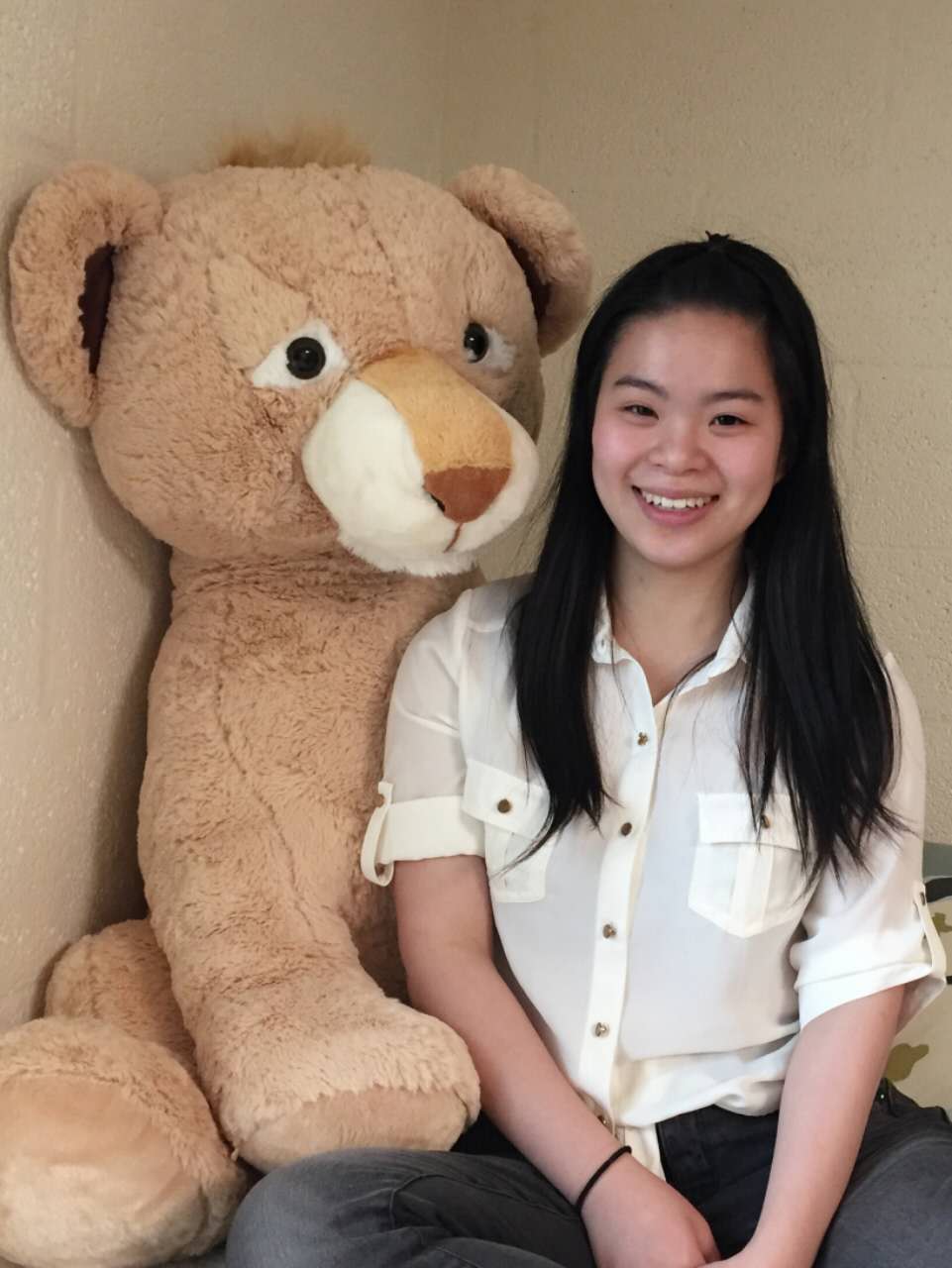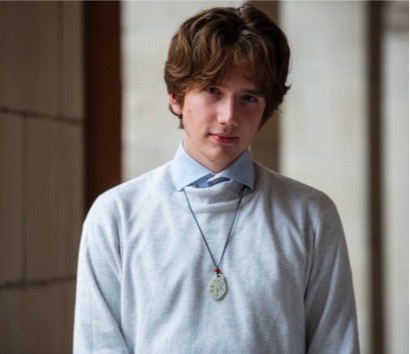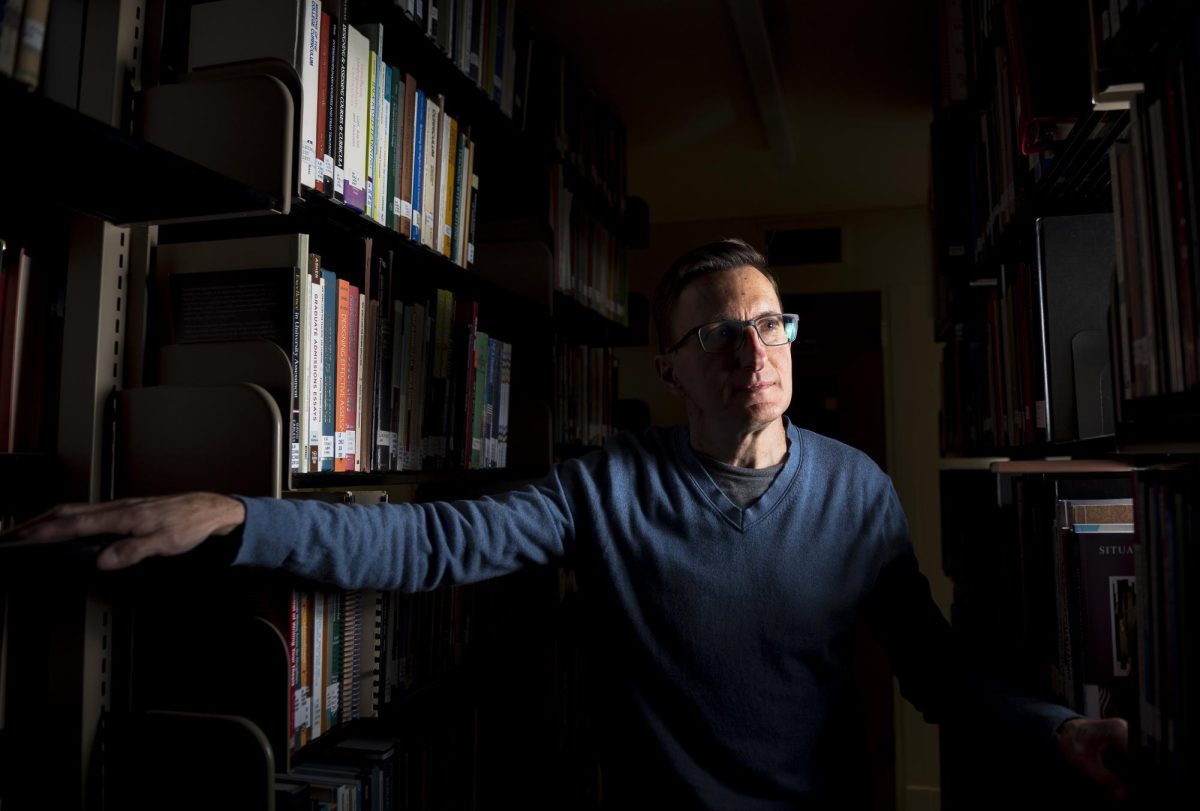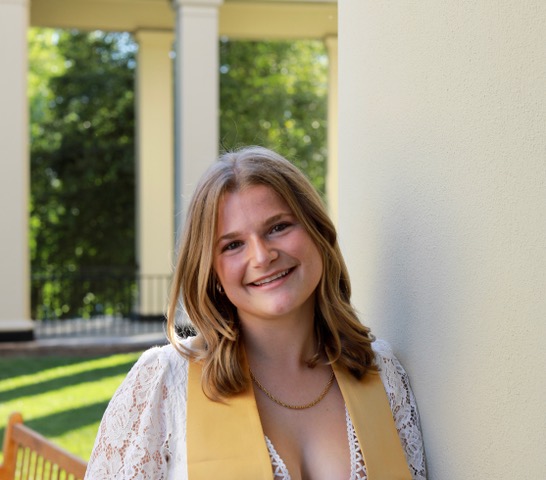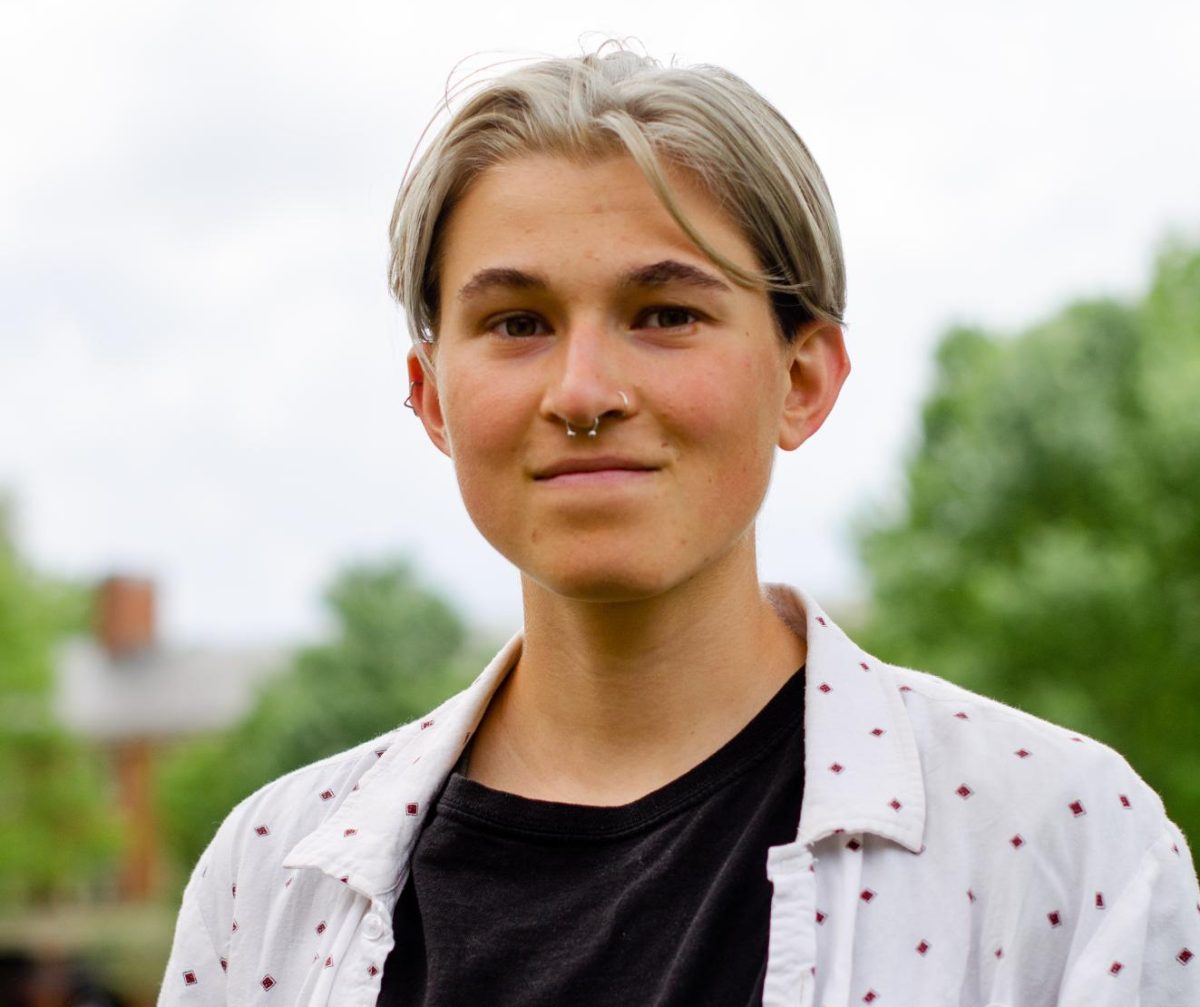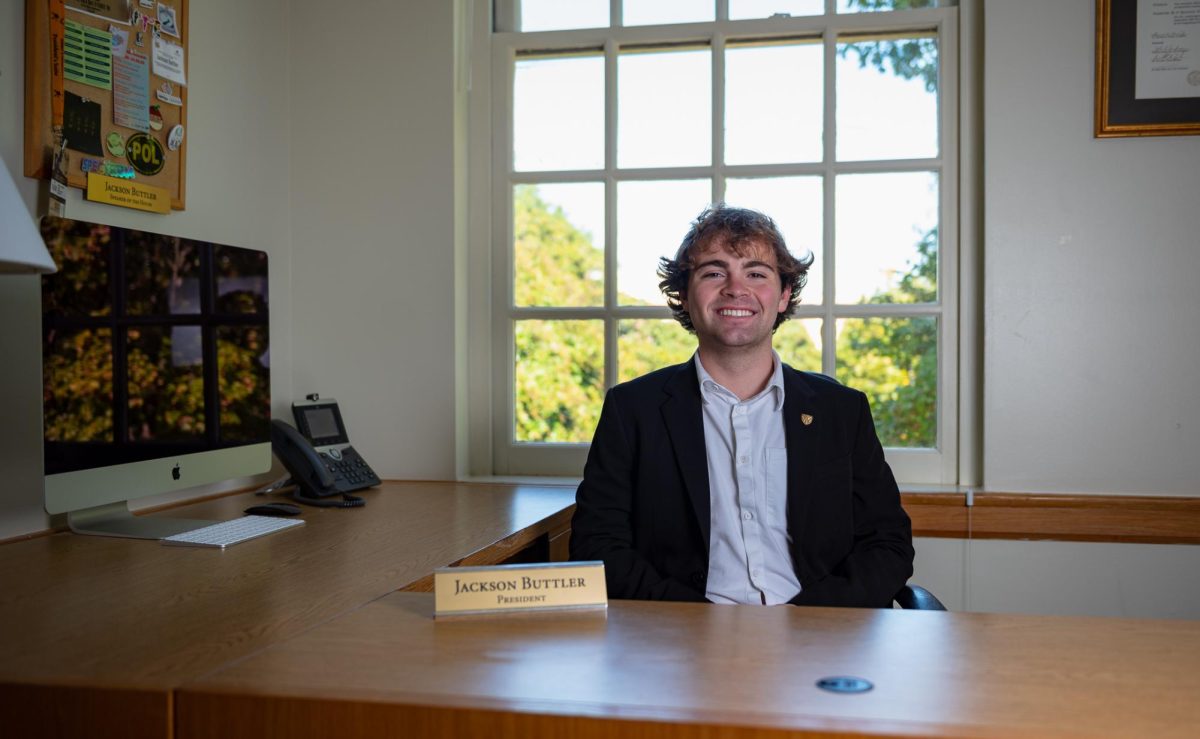udent from China who sought to improve the representation of Chinese culture on campus by starting a performance group devoted to Chinese dance called Traveler.
As the leader of Traveler, she has been responsible for everything from choreographing dances to ordering costumes internationally.
How long have you been a dancer? What first got you interested in dance?
[I started dancing when I was] five years old, but I stopped dancing when I went to high school. So I actually danced for nine years. Some other more experienced members in our group have danced for more than 12 years.
I think it was the friendship and opportunities to perform that made me interested in dance.
What made you want to start a new dance group on campus?
There are many Chinese students on campus, but there is no Chinese dance group. There is Korean dance (which was actually founded by Chinese students), Indian dance, American dance … I felt like we are not represented, and I wanted the community to know more about Chinese culture.
The Chinese musical ensemble had their first performance a year ago. So, I thought that if traditional Chinese musicians can do it, why can’t we dancers do it?
How does Traveler differ from other dance groups?
Most of the dance groups perform modern dances, but we perform traditional dances. Also, most of the dance groups have consistent dancing styles, but we try to represent multiple dancing styles due to the fact that there are 56 ethnic groups in China and each ethnic group has their unique dances.
Our first two performances were collaborated with the Chinese musical ensemble, which means that our background music was live. And if you see our dances, you can immediately tell the difference. We have colorful costumes, relatively slower moves and distinctive music.
With a new Asian dance group, what do you hope to bring to the Wake Forest community?
[We hope to bring the community] a new understanding of dance, a new understanding of the richness of Asian culture and a new understanding of the Asian students. We are active on campus and we want to bring something beautiful to campus life.
We bring these things not only to the Wake Forest community, but also to outside campus. We were just invited by the Mount Airy High School to perform in February.
How did you start the group, such as gauging interest, getting members and planning performances? What was the most difficult part of the process?
Nothing is easy in starting a group. Being the initiator and president means that I am also the treasurer, the coordinator and the secretary.
It is very time consuming, and because the members lack experience planning events, I have to do almost everything and teach them how to plan events at the same time.
But I enjoy this process of helping my friends. Because in return, I see their support, their accomplishments and their enthusiasm, and I know that they will keep the dance group running in the future.
As for getting members, at the end of last year, I asked a lot of my friends and friends of friends, and around nine of them said they were interested in joining the group. However, two thirds of them quit at the beginning of the last semester, so recruiting new people is definitely the most difficult part now. Most of the those who were interested chose not to join because they think they are not coordinated. We actually have a member who had no dance experience at all, and after half a semester of practice, she performed with us and she did a good job.
There’s a Chinese saying that goes, “three minutes of glory on stage, ten years of hard work off stage.” This is so true. We need to purchase costumes internationally and we choreographed our own dances. We talked to so many people for help and so many said no.
What was the process of being chartered by the university like?
This part was relatively easy. We wrote a constitution and bylaws, found an advisor from the Intercultural Center and prepared a nice presentation. I like to deliver presentations, so that process was pretty enjoyable.
How many people do you currently have in the group? What would your ideal number be and why?
We had six performances last semester and we have around 12 people interested in performing this semester. The ideal number would be around 15 because that number would best present our dances on stage.
Who choreographs your performances? Do your dancers work collaboratively to give feedback?
My friend Xilin and I choreograph the performances.
The dancers do work collaboratively, especially those that have more than 10 years of experience.
How does Traveler choose which songs to perform to? Are there genres or artists that the group will gravitate towards?
Last semester the music was chosen by the instructor of the Chinese Ensemble class. She invited us to collaborate with her and her students. The song was “The Fernleaf Hedge Bamboo in the Moonlight” by Guangnan Shi.
This semester we chose “Liang Liang” by Xuan Tan.
Describe a typical practice —what are they like? How often do you practice?
We practice every Saturday afternoon. We choreographers meet before practice to decide the new parts members are going to learn each session.
And then we practice for an hour and half every week.
What do you have planned for this semester?
We have confirmed three performances this semester. There may be more opportunities.
What are your goals — both long-term and short-term — for Traveler?
My short-term goals are to finish choreography for the next two pieces and recruit more members at the Student Involvement Fair.
My long-term goals are to be consistent and keep Traveler actively running.
I also would like to help the Wake Forest community learn more about Chinese culture, such as costumes, songs and dances.

